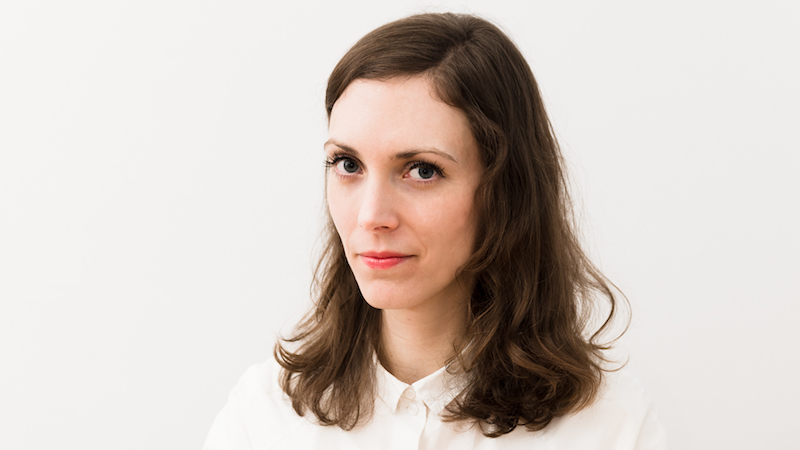Making sense of our connected world

Language Learning with Owls
Buy ten and get one free, earn frequent flyer bonus miles or compare your latest exercise results on Nike+. Companies use small rewards and reinforcements like these to keep customers happy and loyal to their brands. Digital and offline offers of this kind are a part of everyday life for consumers. This concept is what researchers like Sebastian Deterding call “gamification”, defined as using game elements (like points or challenges) in non-game contexts. Inspired by the compelling experiences created by video games, other industries have begun looking into how certain game elements could be used to enhance their offerings.
For an euphoric first few years, many hoped gamification would be a magic potion for keeping customers enthralled and profits and productivity soaring. However, disappointment with the hype soon set in. According to the “Hype Cycle for Emerging Technologies», put out yearly by the information technology research company Gartner, gamification has cleared the “Peak of Inflated Expectations”, and is expected to reach the so-called “Plateau of Productivity” in the next five to ten years. While the academic research on the topic is still very fluid, with competing definitions, frameworks and conceptualizations of gamification, we can hope to see more mature gamification schemes in practice as platforms learn from past experimentation and refine their concepts.
After some initial hesitancy, the online learning space has become increasingly interested in the motivational power of gamification to enhance their digital educational offerings. Providers of the format known as Massive Open Online Courses (MOOCs) have been especially keen on finding new approaches to increase learners’ participation. The hype surrounding the revolutionary power of MOOCs to scale free online learning offerings from top-notch universities has waned and the courses have been criticized for low completion rates. By using gamification, the hope is to foster greater engagement both with the content and with other students, enabling them to better achieve their personal learning goals.
Duolingo’s owl has become a popular companion for language learners of 23 different languages. On the German MOOC platform iversity, students earn badges reflecting their progress in higher education courses. And Veedu is a new online vocational training platform where trainees can gather points and level up. With so many online learning platforms employing gamified elements, can gamification really help increase learner engagement and improve their learning experience?
In our research project “Fostering Engagement with Gamification Elements on Open Online Learning Platforms” we examined the phenomenon of gamified online learning. Our aim was to understand how gamification is being used to increase participation and what practitioners are doing to design and implement gamified learning offerings. In our paper, we give an overview of the current academic debates, look at different online learning platforms and present four in-depth case studies. You can read the results in our discussion paper here.
Reference: Deterding, S., Dixon, D., Khaled, R., & Nacke, L. (2011). From game design elements to gamefulness: Defining gamification. In Proceedings of the 15th International Academic MindTrek Conference: Envisioning Future Media Environments (pp. 9-15). ACM.
Photo: User:Miguel Ángel Avila Lombana / Flickr, CC BY-NC 2.0
This post represents the view of the author and does not necessarily represent the view of the institute itself. For more information about the topics of these articles and associated research projects, please contact info@hiig.de.

You will receive our latest blog articles once a month in a newsletter.
Research issues in focus
Polished yet impersonal: The unintended consequences of writing your emails with AI
AI-written emails can save workers time and improve clarity – but are we losing connection, nuance, and communication skills in the process?
AI at the microphone: The voice of the future?
From synthesising voices and generating entire episodes, AI is transforming digital audio. Explore the opportunities and challenges of AI at the microphone.
Do Community Notes have a party preference?
This article explores whether Community Notes effectively combat disinformation or mirror political biases, analysing distribution and rating patterns.





